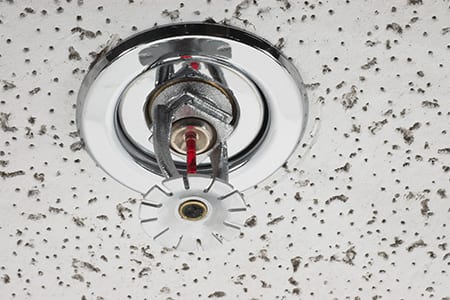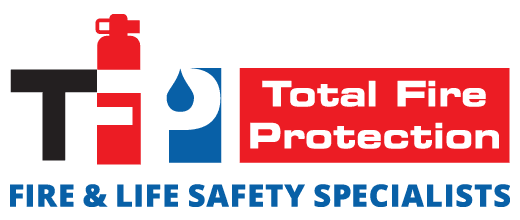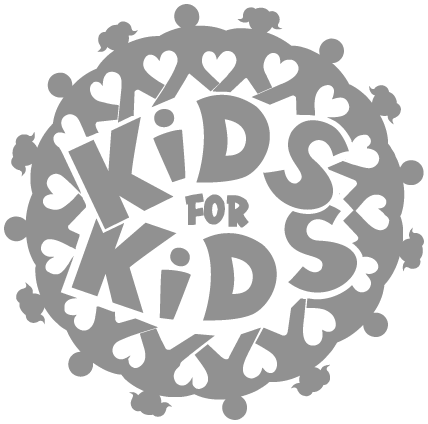 In 2004, Local Law 26 (LL26) established many fire safety requirements for office buildings above certain height thresholds. Some of these requirements focused on upgrades for safety signage and backup power supplies. But, LL26 also required specific facilities to design and install a compliant sprinkler system by July 1, 2019.
In 2004, Local Law 26 (LL26) established many fire safety requirements for office buildings above certain height thresholds. Some of these requirements focused on upgrades for safety signage and backup power supplies. But, LL26 also required specific facilities to design and install a compliant sprinkler system by July 1, 2019.
Now that this deadline has passed, many buildings are out of compliance and subject to fines. But more importantly, their occupants are at a much higher risk of harm in the event of an emergency.
Below we’ll go through all the steps you need to take to determine if you’re affected by LL26 and what you need to do to comply.
Step 1: Is Your Property Affected?
If your property is over 100 feet tall and classified as business occupancy, you must comply with LL26.
However, occupancy groups have changed since LL26 was published in 2004, and the business occupancy now falls under Group B rather than group E as it did initially. Group E now includes Educational facilities. This means that LL26 still applies to your property if your business fell under Group E when the law was published.
To know for sure if your business must comply with LL26, get in touch with a fire safety expert. They can give you a definitive answer and guide you through the requirements step by step.
Step 2: Are You Already Compliant?
It’s possible your property already meets the requirements of LL26. In this case, you don’t need to schedule any additional installation work. However, you may still need some documentation. LL26 stipulates that a New York State licensed architect or engineer must file a report certifying that your property complies.
If you are not the first owner of the building, it is also possible that the previous owner already filed this report. If they did file, there is nothing left to do. Your facility is compliant, and you have the required documentation.
Step 3: What Do You Need to Do to Comply?
If your building is not compliant with LL26 and you don’t have the proper documentation, your next best step is to determine which requirements you still need to meet.
Before installing a compliant sprinkler system, you need an approved sprinkler system design and a work permit.
You can get the system design from a qualified engineering firm. But, remember that only a Registered Design Professional can submit this design to the NYC Department of Buildings, so the engineering firm you choose must have one on staff.
To get the correct permits, you will need to work with a Licensed Master Plumber (LMP) or Licensed Fire Suppression Contractor (LFSC) since only they can procure work permits for LL26.
Getting these permits may take several months if your building is large. The experts you’re working with must perform a detailed examination of your property to create the necessary documents and specifications. The larger the building, the longer this will take.
Step 4: Installing Your Sprinkler System
Once your system design is approved and you receive a work permit, you can begin the sprinkler system installation. If possible, have your system designers supervise your project since they know the design documents backward and forwards and can clear up any discrepancies.
Step 5: Filing Your Sprinkler System
Your sprinkler system must be filed with the NYC DOB once it is installed. Additionally, you will need to include the as-built drawings and the LL26 compliance form when filing.
As you can see, compliance with LL26 is a highly time-consuming, intensive process.
Thankfully, TFP can design, file, and install your new fire sprinklers system. We will keep the compliance process running smoothly and ensure your sprinklers work properly when you need them.
Ready to get in compliance with Local Law 26? Speak with one of our Fire Sprinkler Specialists today.




